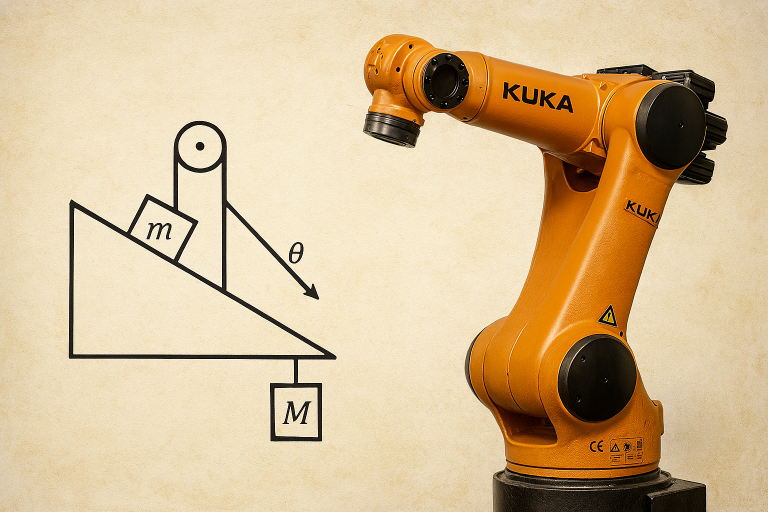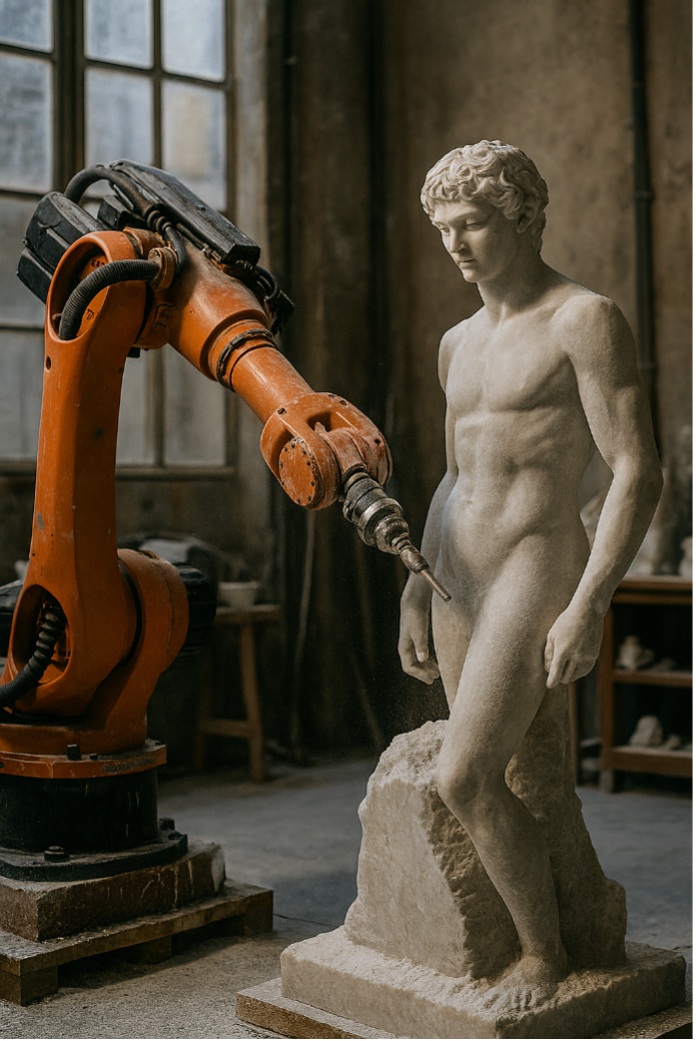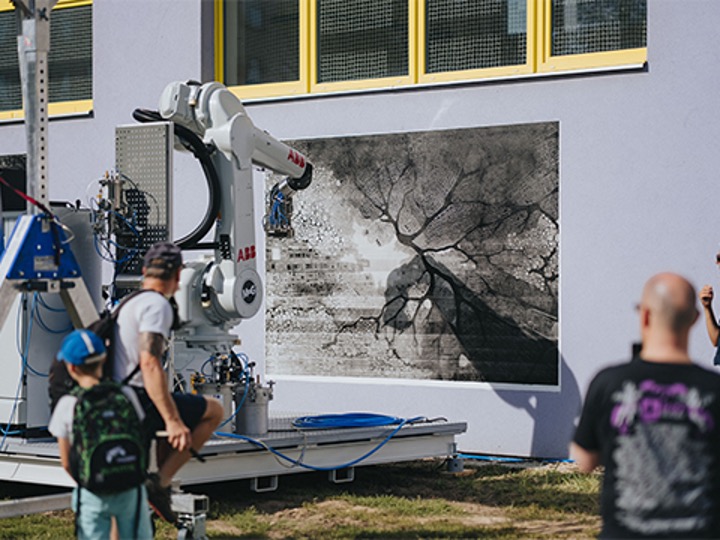Home construction has undergone a notable transformation thanks to the introduction of innovative technology: robotic arms for 3D printing. This technology allows us to create real houses with lower cost, time and environmental impact than traditional methods. In this article, we tell you how this system works and what benefits it offers.
How do you build a house with a 3D printer and robotic arms?
The 3D printing system under construction is based on the use of robotic arms that are responsible for depositing layers of material on a flat surface, following a previously established design. The material used is a bio-plastic mixture, which contains 75% vegetable oil and is reinforced with micro fibers. This mixture is resistant, flexible and biodegradable.
Robotic arms have the advantage of being compact and retractable, making them easy to transport and assemble. Unlike gantry-based systems, which require a massive structure to support the printer head, robotic arms can operate autonomously and adapt to different shapes and sizes. This reduces logistics, labor and equipment rental costs, as well as setup time.
What benefits does 3D printing offer in construction?
3D printing in construction offers multiple benefits, both for builders and home residents. Among them, the following stand out:
Cost reduction: According to the company RIC Technology, which has developed this system, 3D printing in construction can reduce construction costs by up to $16,000 per home. This is because less material is used, less waste is generated and savings are made on labor and equipment.
Energy savings: 3D printed homes have insulation properties that reduce residents’ energy bills by 30%. Furthermore, by using biodegradable materials, you contribute to the preservation of the environment and avoid the emission of polluting gases.
Resistance to natural disasters: 3D printed homes are capable of withstanding extreme weather conditions, such as earthquakes, hurricanes or floods. This is because the material used is flexible and can absorb impacts without breaking. Likewise, the design of the houses can be adapted to the characteristics of the land and the needs of the inhabitants.
Design customization: 3D printing in construction offers endless design possibilities, as you can create any shape and size you want. This allows builders and residents to express their creativity and satisfy their aesthetic and functional preferences.
Where are houses being built with 3D printers and robotic arms?
3D printing in construction is an emerging technology that is spreading around the world. One of the places where it is being successfully applied is Muscatine, Iowa, where the company Alquist 3D has built the second 3D printed house in the United States, using the RIC Technology system. This house, which measures 24 square meters and has a living room, bathroom, kitchen and bedroom, was built in just 48 hours and with minimal human intervention.
The city of Muscatine, in collaboration with local entities, has plans to build 10 more homes using this innovative technology. The local need for affordable housing is not the only goal of this project; RIC Technology has already expanded its reach. G lobally, with projects in Australia and Rwanda.
3D printing in construction is a technology that has the potential to revolutionize the home construction sector, offering practical, sustainable and personalized solutions to current problems. Muscatine’s experience is a clear example of how innovation and collaboration can result in benefits for everyone.
If you require more information, please don’t hesitate to contact us: we will be ready to help you.




